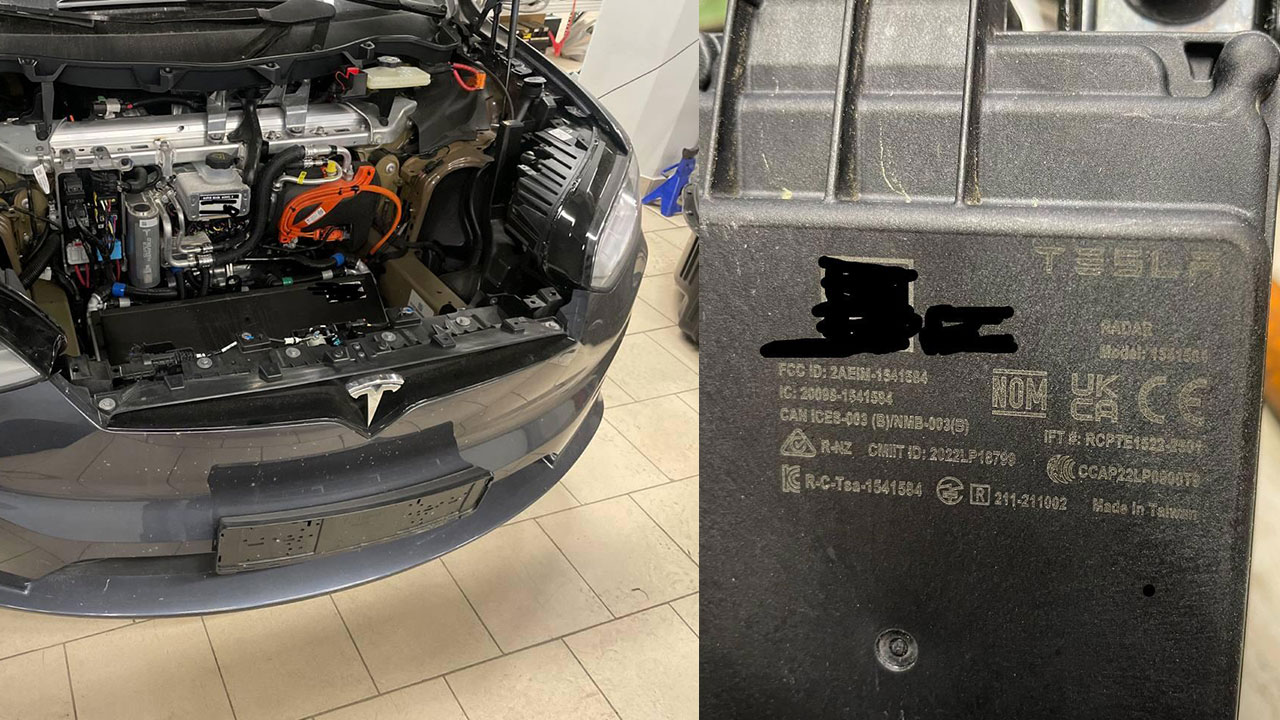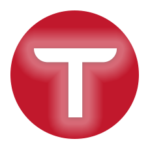Tesla CEO Elon Musk has said that lidar sensors are a “crutch” for autonomous vehicles. But his company has bought so many from Luminar that Tesla is now the lidar-maker’s top customer.
Tesla accounted for “more than 10%” of Luminar’s revenue in the first quarter of 2024, or a little more than $2 million, the lidar-maker revealed Tuesday in its first-quarter earnings report.
Luminar reported that its revenue fell 5% from the fourth quarter of 2023, which it mostly attributed to “lower sensor sales to non-automotive customers.” That drop was “offset by sensor sales to Tesla, which was our largest lidar customer in Q1.” Luminar also noted a 45% gain in revenue year-over-year.
Tesla is Luminar's largest lidar customer — TechCrunch
Tesla accounted for “more than 10%” of Luminar’s revenue in the first quarter of 2024, or a little more than $2 million, the lidar-maker revealed Tuesday in its first-quarter earnings report.
Luminar reported that its revenue fell 5% from the fourth quarter of 2023, which it mostly attributed to “lower sensor sales to non-automotive customers.” That drop was “offset by sensor sales to Tesla, which was our largest lidar customer in Q1.” Luminar also noted a 45% gain in revenue year-over-year.
Tesla is Luminar's largest lidar customer — TechCrunch




